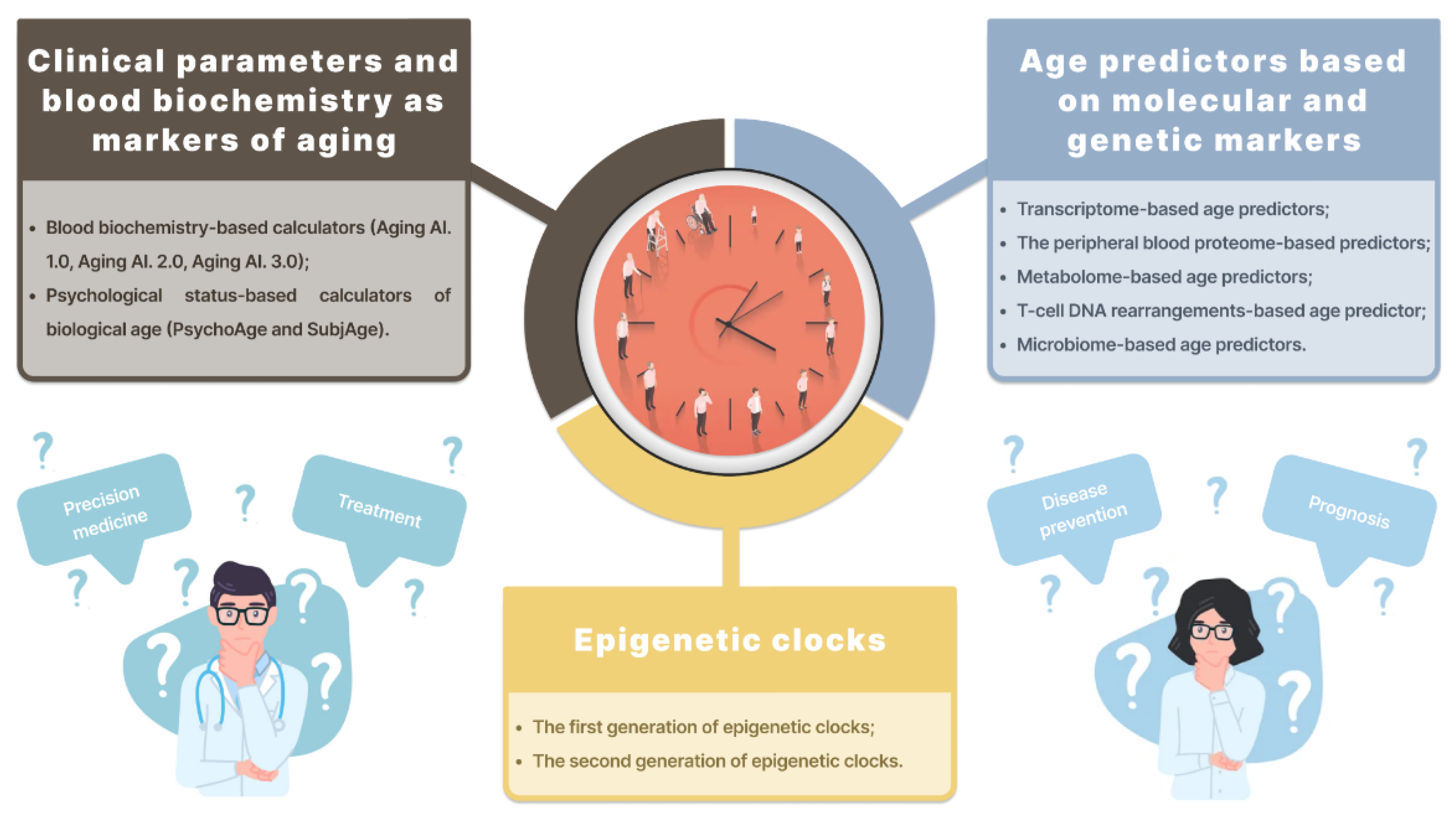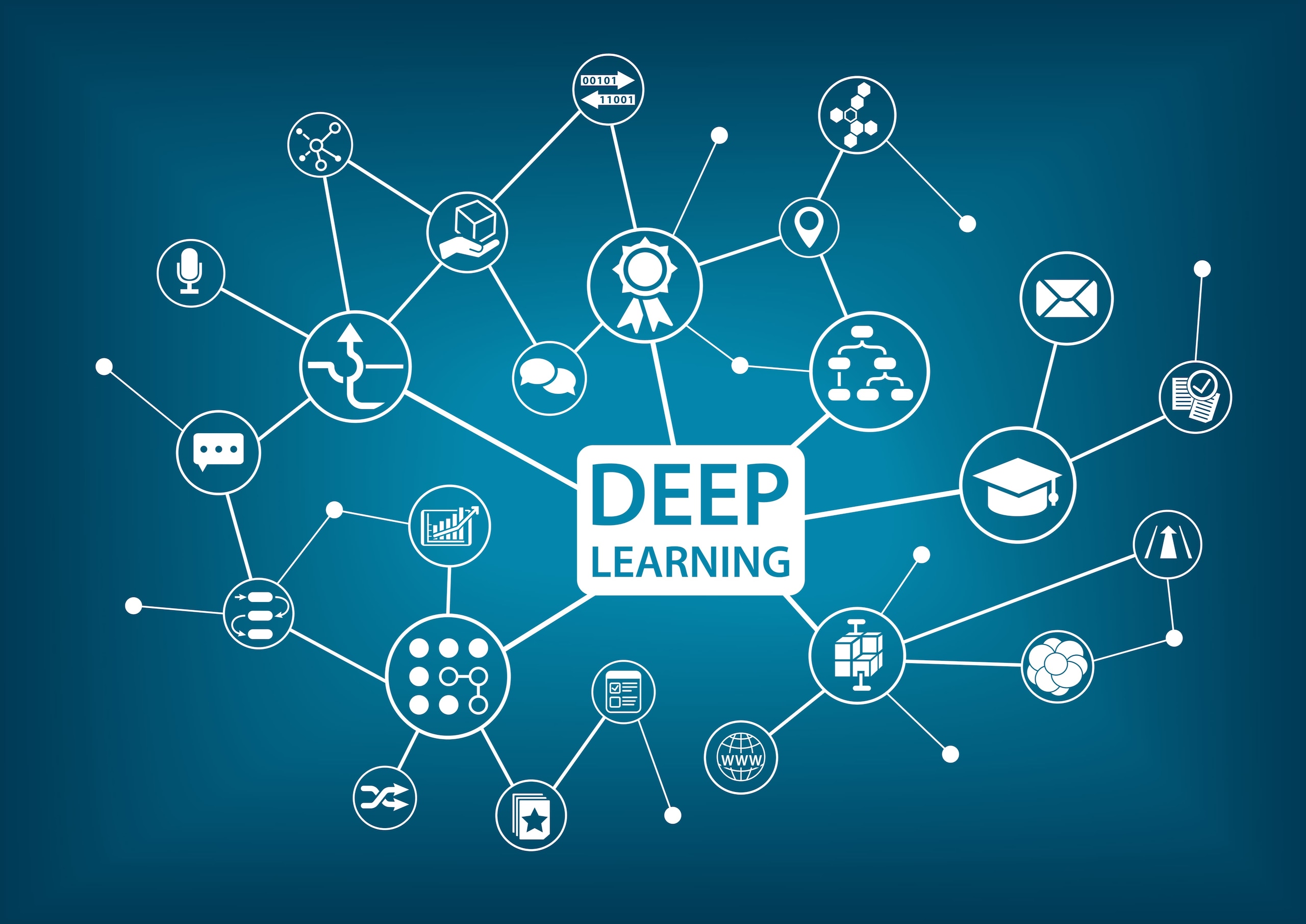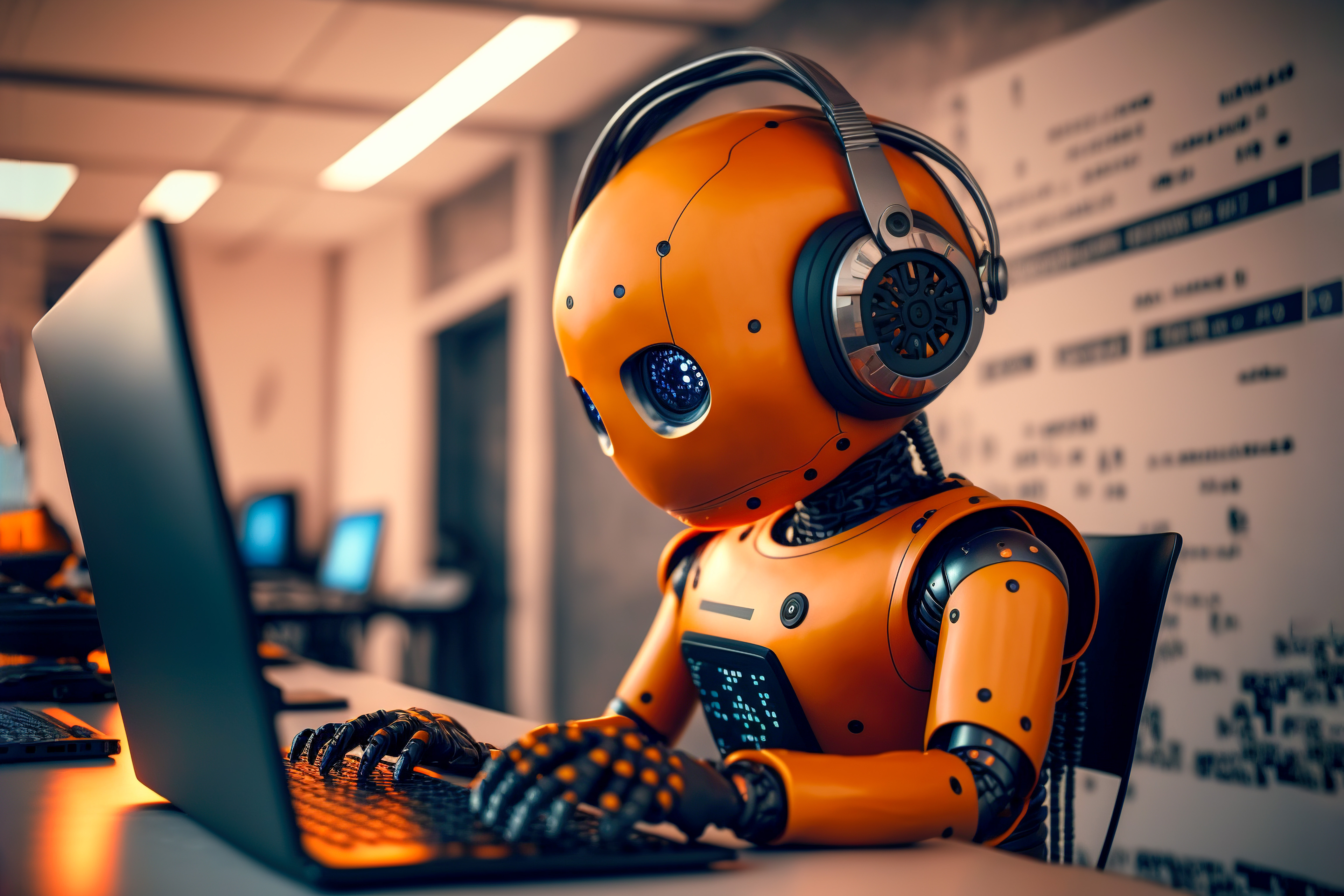Biological Age
What your biological age can reveal about your health
A new tool that uses images of your face, tongue, and retina, could help gauge your risk of developing chronic diseases.

Researchers in China have developed a tool that uses AI to analyze images of an individual’s face, tongue, and retina, to determine their biological age. The technology offers insight into the health and condition of our cells, tissues, and organs, and risk of chronic disease.
A peek at a driver’s license is enough to figure out someone’s chronological age. But biological age is trickier to pinpoint. Unlike chronological age, there’s no universally agreed-upon measurement for biological age—which can be impacted by the environment, individual lifestyle choices, and genetics. A smoker, for example, can seem years older than their chronological age, while a fitness buff can pass for someone much younger. And the difference is more than skin deep—if your biological age is greater than your chronological age, you might have a chronic illness or experience premature cognitive decline. On the other hand, if you're biologically younger than your chronological age, you may have more spring in your step compared to your peers.
"Knowing your biological age is important because if you're off, you can alter your lifestyle to improve your health," says Michael Snyder, a geneticist at Stanford, who was not involved in the current study.
Early versions of aging clocks (models that measure biological age) calculated this number by looking at DNA methylation patterns—chemical marks on DNA that control which genes are turned off and on—in different tissues, which change over time. Other clocks measured the quantities of various metabolic (blood glucose) and inflammatory protein markers that doctors frequently test during annual physicals. More recently, scientists designed clocks that use 3D images of the face, brain scans, or protein levels in the blood to ascertain someone’s biological age.
They all track something that changes as we age—whether it’s the wrinkles etched in our skin or the increasing likelihood of age-related diseases like diabetes. But aging is a complex process, affecting multiple organ systems in myriad ways.

Using one type of measurement to define biological age is like trying to understand an elephant by touching only its trunk, says Kang Zhang, a physician-scientist at Macau University of Science and Technology and a co-author of the paper, which was published in PNAS in January.
Instead, Zhang and his collaborators created a “holistic” picture of biological age with an AI model that uses input from images of the face, tongue, and retina, and spits out a corresponding age. The methodology, like the one that powers ChatGPT, “surpasses human beings’ ability to predict age, because it goes through vast amounts of data and discovers unseen connections,” Zhang says.
“I was impressed by both the technical design of their deep learning experiment and the experimental design, with the datasets that they've used; the results are quite convincing,” says James Cole, a neuroscientist at University College London, who was not involved in the current study.
Deep learning and biological age
Introduced in a 2017 Google paper, this AI technology—dubbed the transformer—was first used to create programs that could mimic human language like ChatGPT. Unlike older AI models, transformers process entire sequences of text at once instead of sequentially, making them more adept at detecting patterns and understanding context.
Soon, researchers translated that approach to image analysis, where it revolutionized computer vision tasks just as it had natural language processing. Another innovation that some transformers—including the one used in this study—adopt is analyzing images at different resolutions to pick out both coarse and fine details.
But transformers need a lot of data.
“This isn’t a problem for language because obviously, there’s so much language out there, but for medical images, it’s much, much harder” to find sufficient examples, says Cole, whose research applies AI techniques to brain scans to investigate the relationship between aging and neurodegenerative diseases. It’s great that this group managed to get access to tens of thousands of people for their study, he says.
As with many AI models, translating model results into terms humans can understand can be a sticking point.
“The model is subtle and looking at pixel-level differences, which we won't be able to detect,” says Zhang. With that said, their analyses seem to suggest that the center of the tongue (tongue images), the region around the eyes (face images), and the sites at the back of the eyeball where blood vessels are most dense (retinal images) are important reflections of biological aging.
Faces. Tongues. Retinas.
To begin creating a tool that could determine biological age, the researchers trained the model using images of the face, tongue, and retina from 11,223 people from Northern China, for whom biological age is assumed to equal chronological age because they are healthy individuals. This translated to 300 million variables, a drop in the bucket next to ChatGPT4, which has a trillion parameters.
Our predictions of chronological age, as a proxy in healthy people of biological age, “are more accurate—within one year—compared to other aging clocks” that use a single measurement, says Zhang.
Like with the elephant story, the information from each modality captures a different facet of aging.

Wrinkles in the face, for example, hint at environmental factors like sun exposure and pollution; while a thinning retina (a part of the central nervous system) and damaged blood vessels reflects the health of the brain and circulatory system. The shape and coating on the tongue, on the other hand, yield clues about our microbiome as well as gut health. Study participants were followed up with regular health check-ups—including blood and urine tests, lifestyle questionnaires, and physical exams—for five years as a part of this research.
With a biological aging clock in hand, Zhang’s team tested their model on unhealthy individuals suffering from chronic diseases like diabetes and heart disease drawn from the same Northern China population used to develop the model; they also included people from a different region in Southern China.
As expected, in healthy people biological age hewed closely to chronological age. But if someone had unhealthy habits such as smoking and a sedentary life or suffered from a chronic illness, biological age tended to be higher than chronological age. This difference—called AgeDiff—ranged from an average of 3.16 years for individuals with chronic heart disease to 5.43 years in smokers.
Consequences when biological and chronological ages differ
To determine how being biologically older than your chronological age affects the risk of developing six common age-related diseases—chronic heart disease, chronic kidney disease, cardiovascular disease, diabetes, hypertension, and stroke—the researchers divided the 11,223 people into four groups ranging from high to low AgeDiff. People with higher AgeDiff were more likely to develop one of these chronic conditions, with the risk rising as AgeDiff increased.
Beyond someone's lifetime risk of developing disease, Zhang was also interested in what AgeDiff might be able to tell us about when disease might develop—in other words, will someone be diagnosed with diabetes this year or five years from now? If we know the timing, “that could actually be very helpful for designing interventions,” says Zhang.
What Zhang’s team discovered was that AgeDiff is better at predicting when someone will get sick than more traditional metrics like blood glucose, BMI, and cholesterol. And if you combine AgeDiff with these other factors, the prediction is even more accurate. Not surprisingly, the researchers also found that abnormal values for health indicators such as BMI and blood pressure are associated with higher AgeDiff numbers.

The future of biological clocks
Currently, Zhang and his team are using AgeDiff to identify people at high risk for developing chronic diseases and prescribing interventions for each of these patients. By targeting health metrics closely linked to AgeDiff—like blood pressure and blood glucose levels, for example—they’re hoping to systematically delay the onset of “diseases of aging.”
They’re also refining their model, folding in other variables like DNA methylation and incorporating experimental subjects from other ethnic groups.
Tools like AgeDiff could democratize medicine—reducing the expense and hassle of preventing disease before it takes hold, says Snyder. To this end, Zhang’s group is developing an iPhone attachment and associated apps that can take the photos required by their model and he hopes to have a viable prototype by year’s end.
Snyder, who studies how personalized medicine can slash an individual's risk of developing chronic diseases, likes this simple and accessible solution. “Anyone can potentially do this very easily without blood draws and all the tests people currently do,” he says.
Source
https://dralexisshields.com/biological-age#:~:text=Your%20biological%20age%20indicates%20how,leading%20risk%20factor%20for%20disease.
https://www.nm.org/healthbeat/medical-advances/science-and-research/What-is-Your-Actual-Age
https://www.verywellhealth.com/what-is-chronological-age-2223384
https://en.wikipedia.org/wiki/Deep_learning
https://www.ibm.com/topics/deep-learning
https://www.nigms.nih.gov/education/fact-sheets/Pages/circadian-rhythms.aspx
https://en.wikipedia.org/wiki/Circadian_rhythm










































































